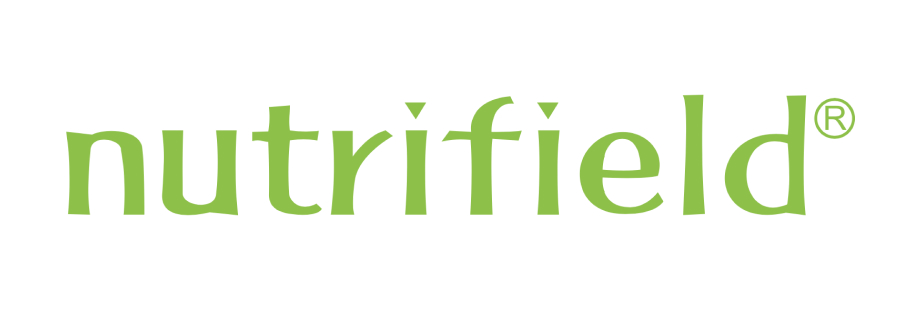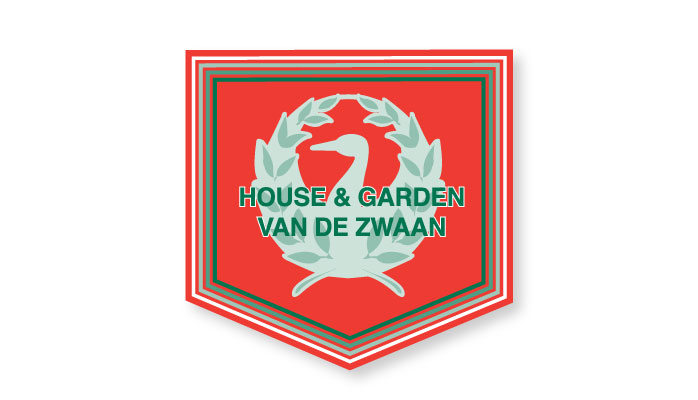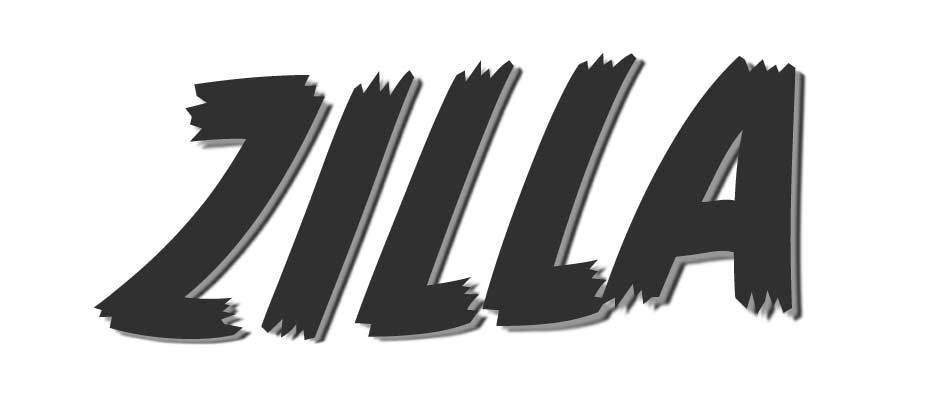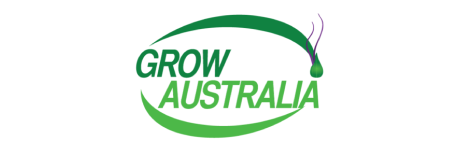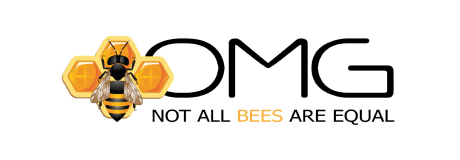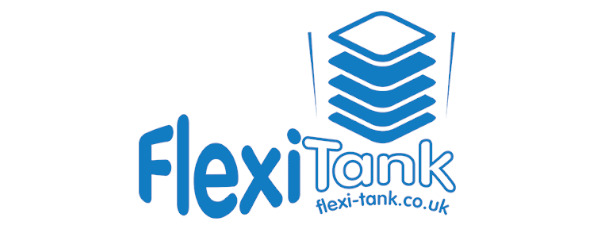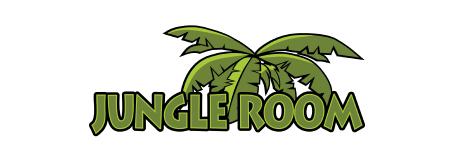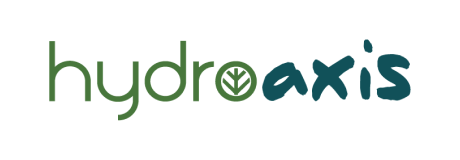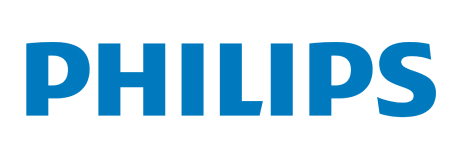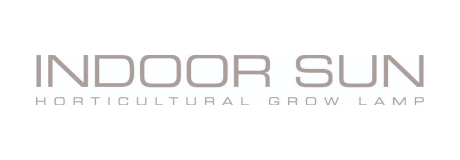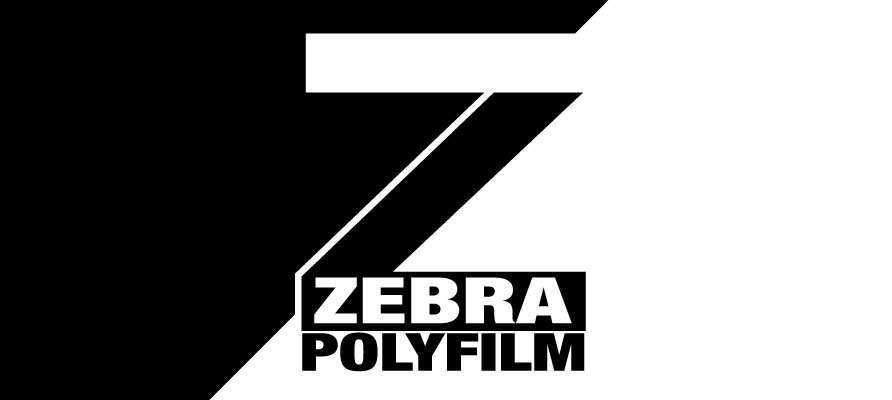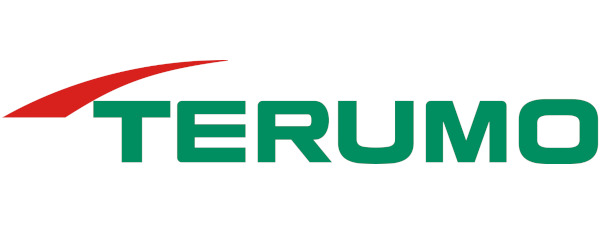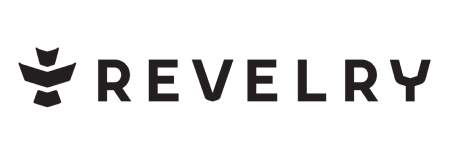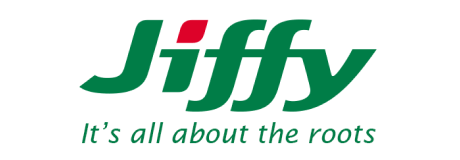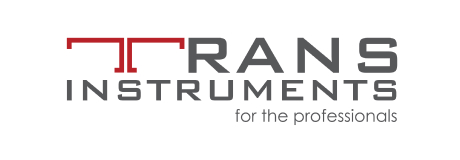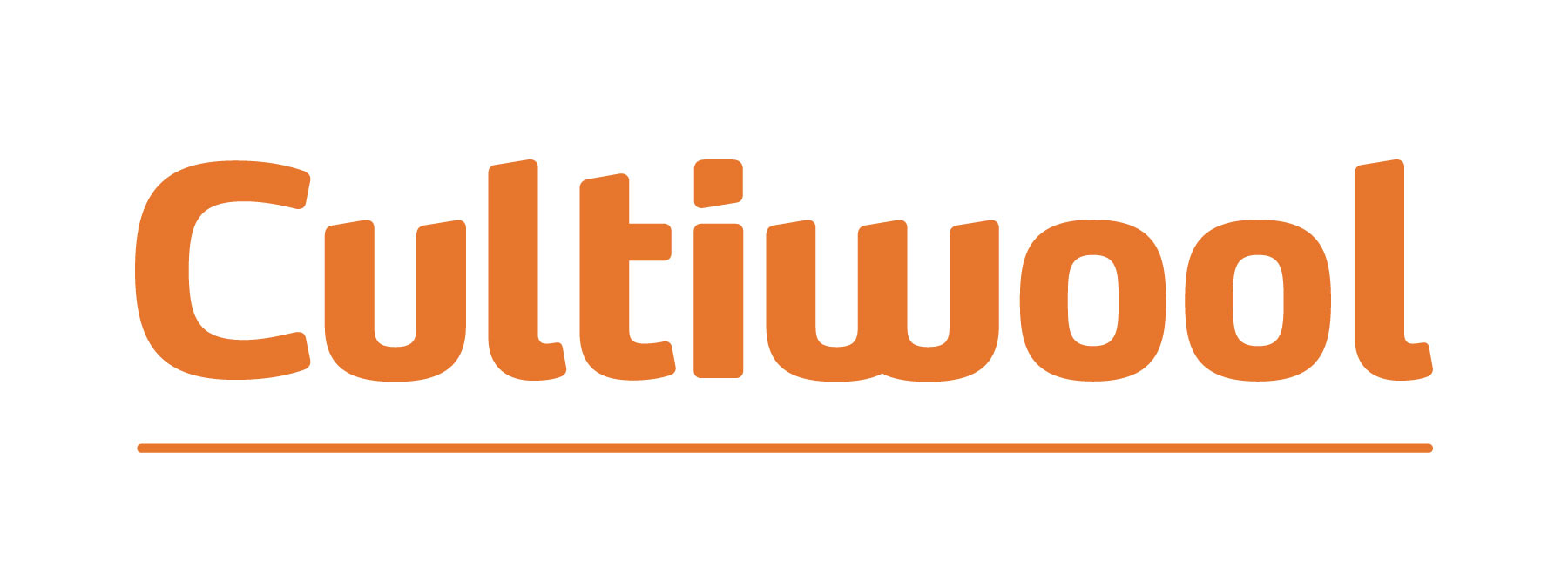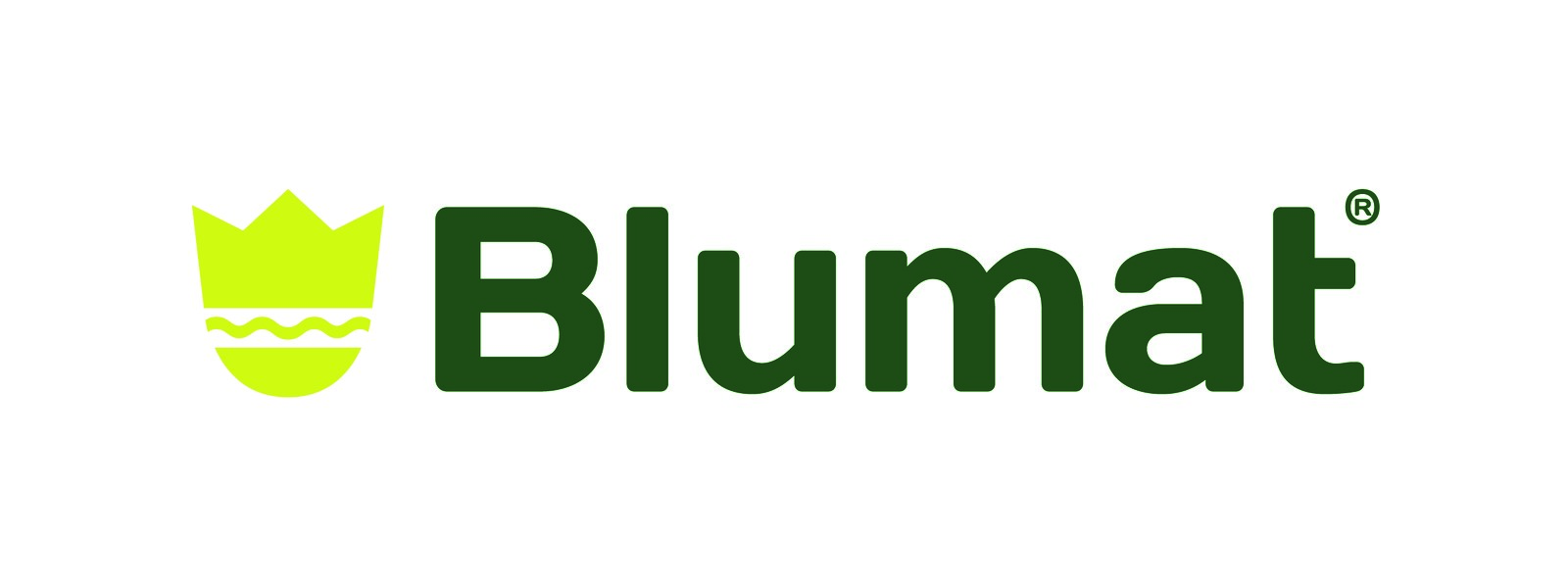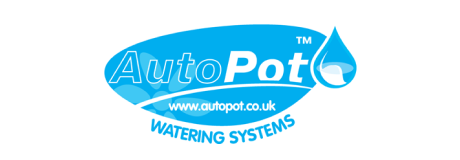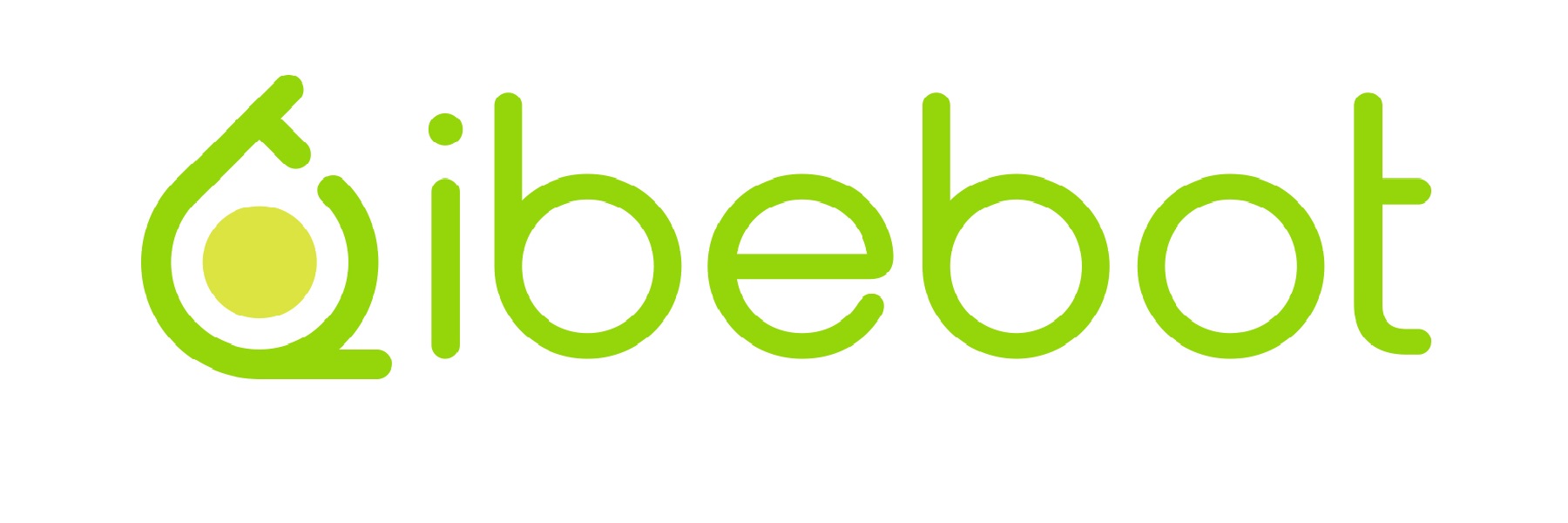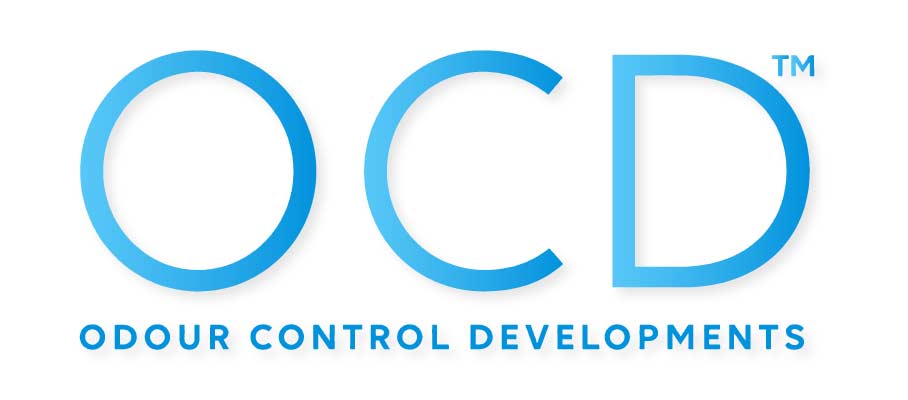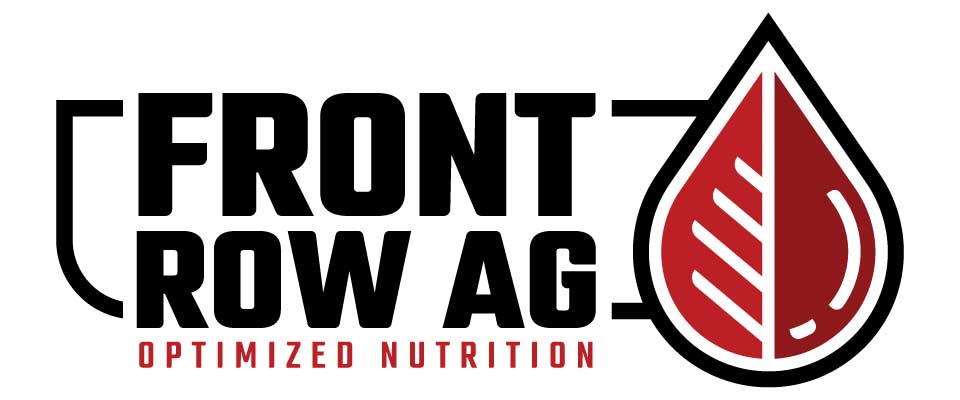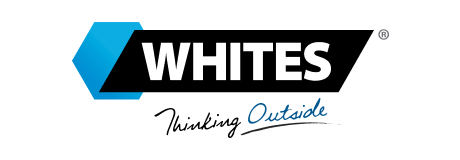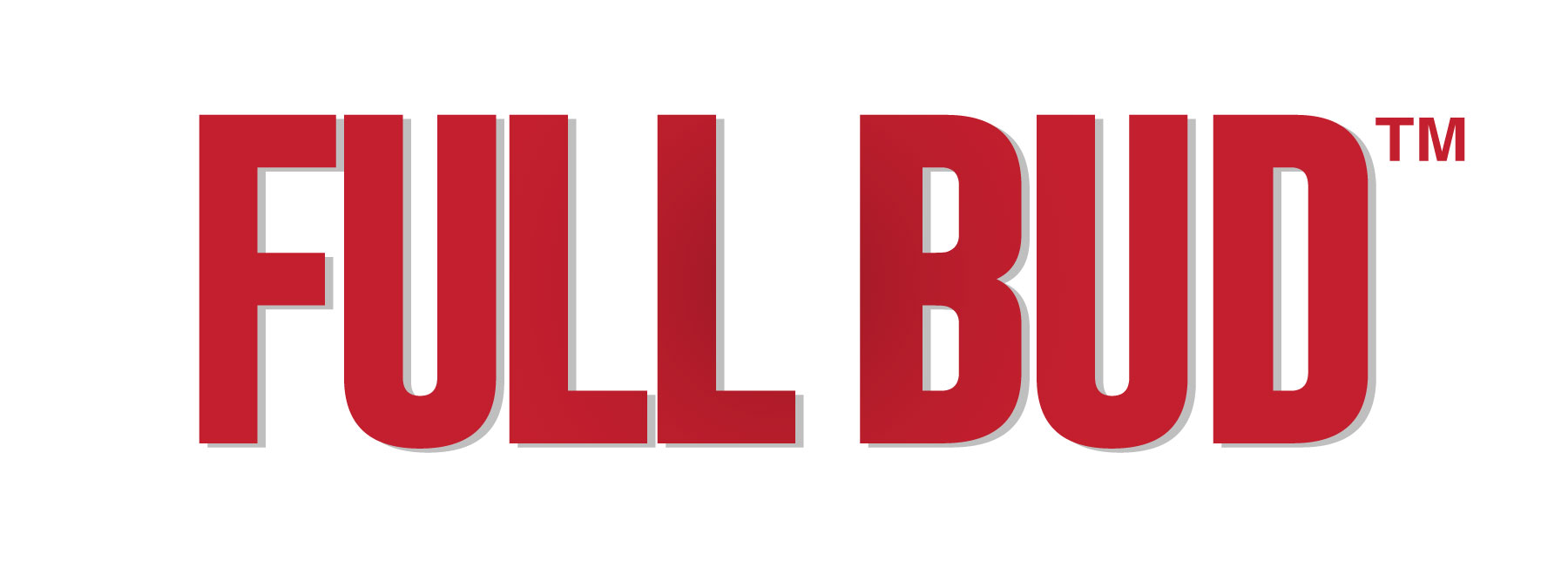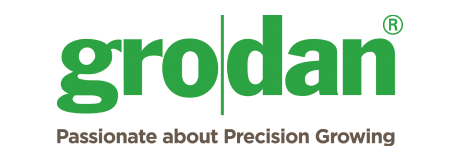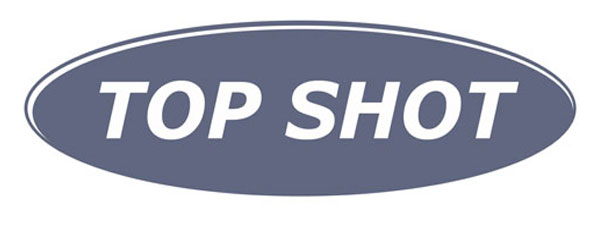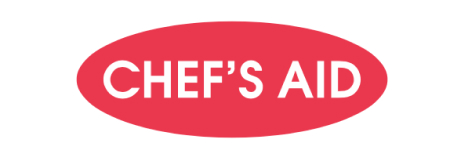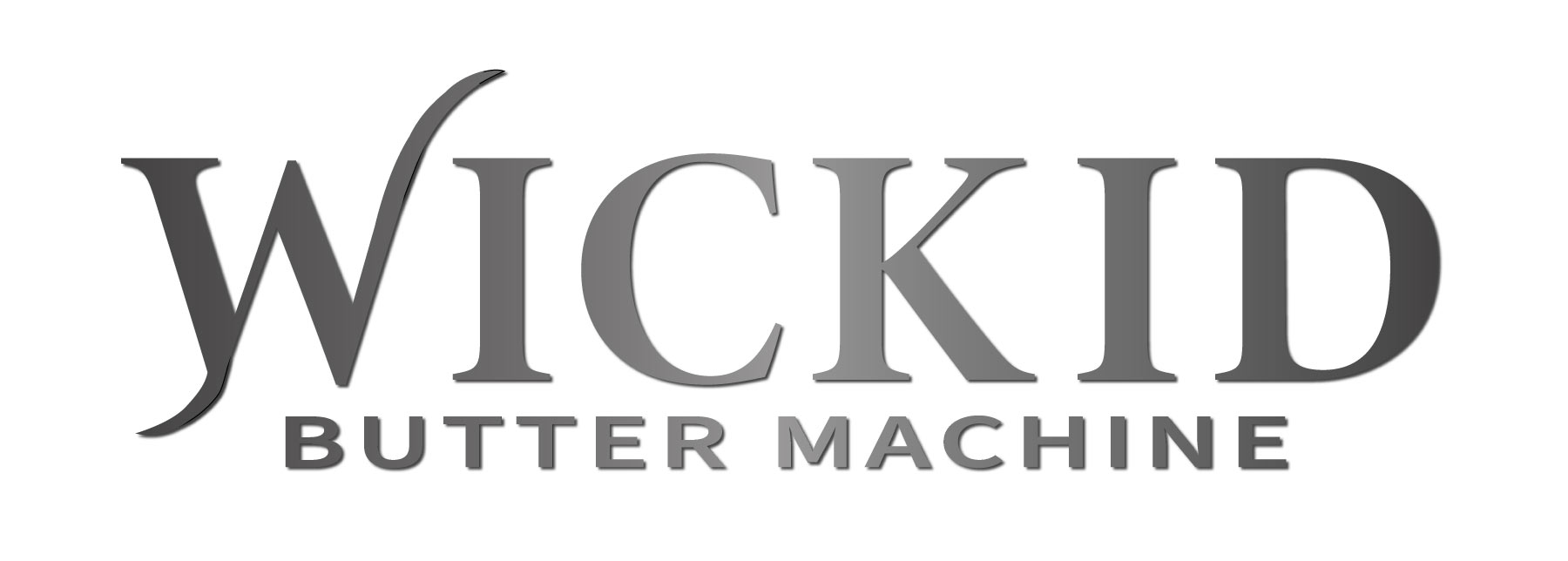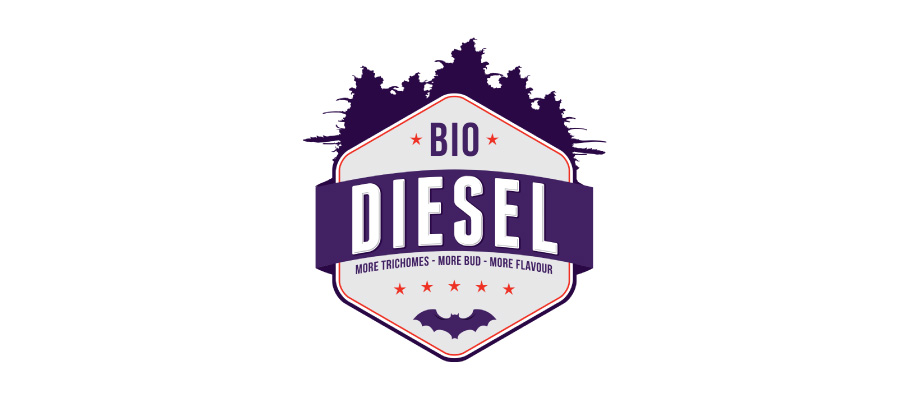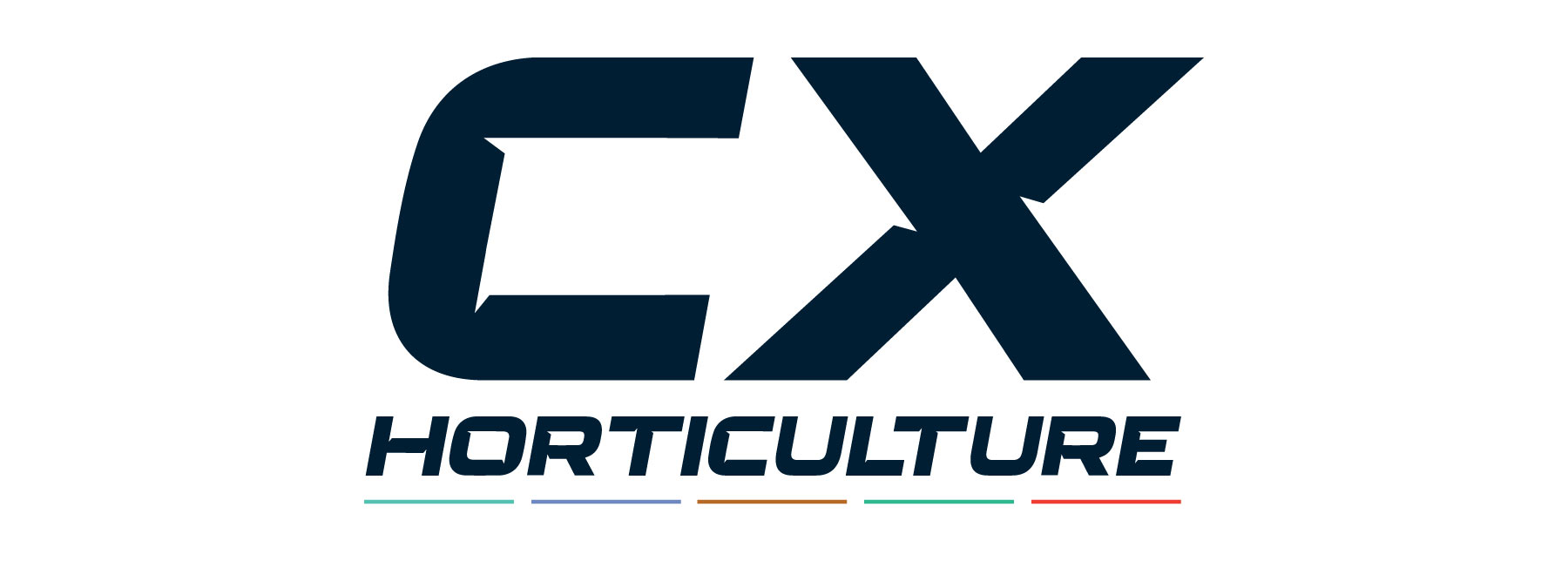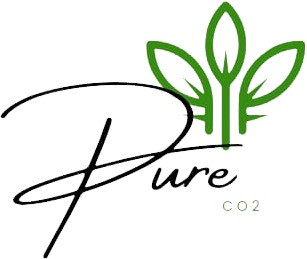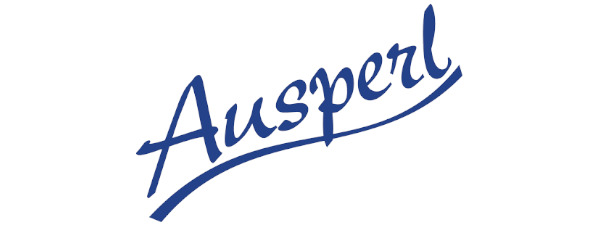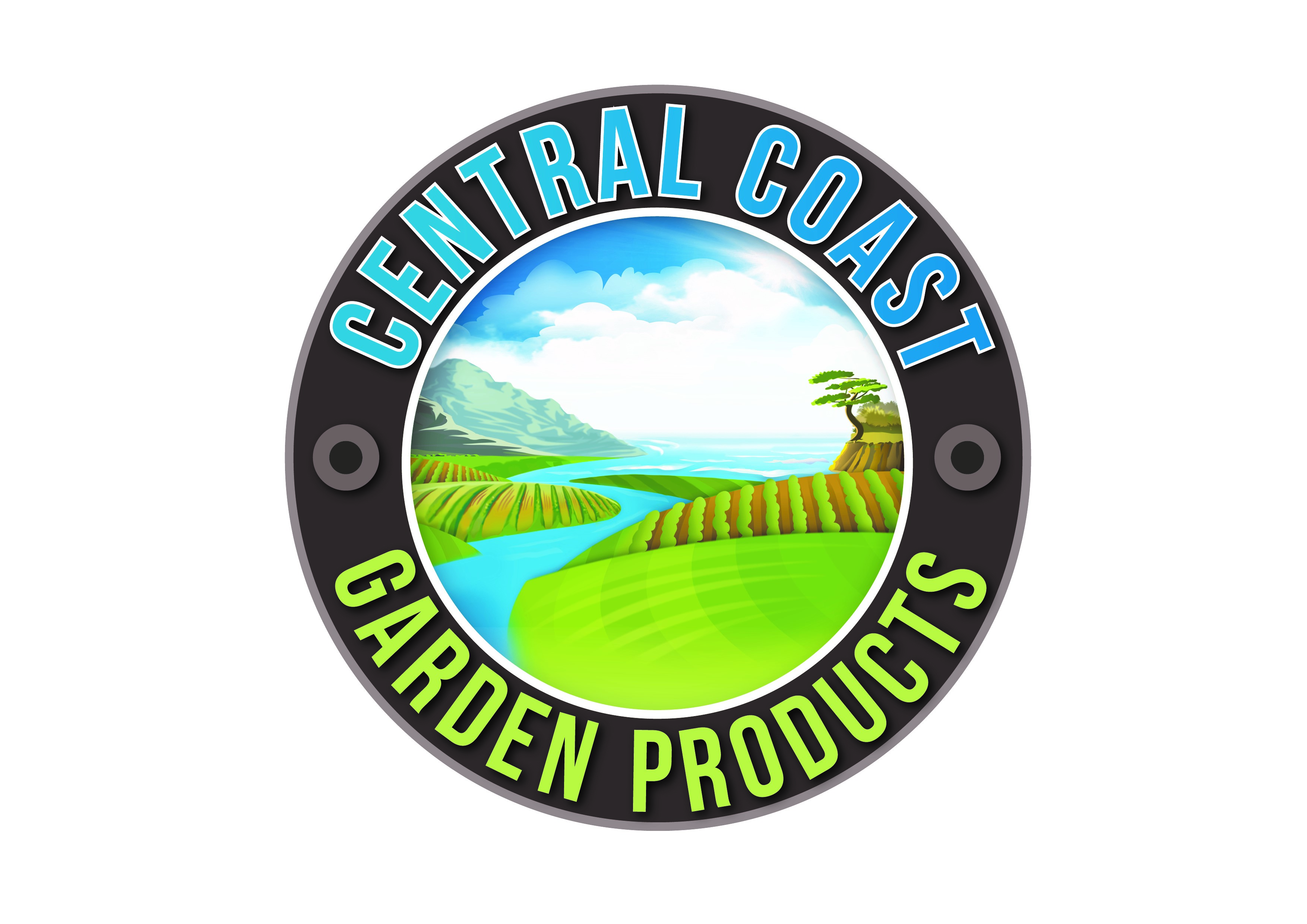The Light Lowdown: How Much Light Is Too Much?
Maximising plant growth indoors isn’t about blasting your canopy with the brightest light you can find; it’s about delivering the right intensity, for the right duration, at the right stage. Too little light slows growth; too much light wastes energy and can cause physiological damage.
Two critical metrics determine your plant’s daily light exposure: Photosynthetic Photon Flux Density (PPFD) and Daily Light Integral (DLI). Together, they quantify the intensity and total daily dose of photosynthetically active radiation (PAR) - the 400–700 nm light spectrum plants use for photosynthesis.
When you understand and control these numbers, you can maximise photosynthetic efficiency, avoid light stress, and optimise yields.
Photosynthetic Photon Flux Density (PPFD)
PPFD measures the number of photons in the PAR range striking a square metre of plant canopy each second, expressed in micromoles per square metre per second (µmol/m²/s). This is the most direct indicator of light intensity at the leaf level.
- Low PPFD (<100 µmol/m²/s): Insufficient for healthy development; seedlings may stretch (etiolate) and growth remains weak.
- Optimal PPFD: Varies by growth stage, delivering maximum photosynthetic efficiency without stress.
- Excessive PPFD (>1200–1400 µmol/m²/s without CO₂): At these levels, and without supplemental CO₂, you risk burning your plants, quite literally damaging leaves and stressing the canopy. This can also push plants into altered morphology, such as tighter internodal spacing or smaller leaf surface area, as they adapt to avoid excess light. Beyond this point, excess photons damage Photosystem II, reducing photosynthetic output and ultimately yield potential.
Unlike brightness (lumens) or fixture wattage, PPFD measures only the photons plants can actually use. Fixture design, optics, beam spread, and mounting height all influence the actual PPFD at canopy level.
Product Spotlight: Lucius Flex-R 680W LED: For large flowering canopies, uniform PPFD is everything, far more important than raw wattage alone. The Lucius Flex-R delivers even distribution across wide spaces, meaning no hot spots and no underlit corners. Its high efficacy translates to more usable light per watt, saving on power bills over the long term while keeping operating temperatures low. With full-spectrum output, onboard dimming, and low radiant heat, it can be placed closer to the canopy, maximising usable intensity without overheating your plants. Perfect for professional-level performance with total output flexibility at every stage.
For further reading on PPFD see our blog - What The Eff is PPFD
Daily Light Integral (DLI)
DLI measures the total PAR your plants receive over a 24-hour period, expressed in moles per square metre per day (mol/m²/day). It integrates PPFD over the photoperiod to give a complete picture of daily light exposure.
DLI is calculated as:
DLI = (PPFD × photoperiod in hours × 3600) ÷ 1,000,000
Where:
- PPFD is the average canopy-level intensity in µmol/m²/s
- Photoperiod is the total light hours per day
- 3600 converts seconds to hours, and 1,000,000 converts micromoles to moles
DLI is one of the best predictors of biomass accumulation because it reflects both intensity and duration.
Recommended PPFD and DLI by Growth Stage
| Growth Stage | PPFD Range (µmol/m²/s) | DLI Target (mol/m²/day) |
| Seedlings | 100–200 | 6–10 |
| Vegative | 400–600 | 20–30 |
| Flowering | 600–1000 | 30–50 (up to 60 with CO₂) |
Note: Without CO₂ supplementation, PPFD values above 1200–1400 µmol/m²/s generally reduce efficiency rather than increase yield.
Light Saturation and Photoinhibition
Every plant species has a light saturation point, often around 600–1000 µmol/m²/s for many cultivated species. Once reached, photosynthesis plateaus, and excess light energy is dissipated as heat or, worse, causes photoinhibition.
Symptoms of excessive light include:
- Leaf bleaching or chlorosis
- Leaf curling or wilting
- Slower growth despite high light intensity
Product Spotlight: Hortitek Gen-2 660W LED: When managing high PPFD levels, precision control matters more than brute force. The Hortitek Gen-2 combines high PAR efficiency with onboard dimming, letting you fine-tune intensity for each growth stage. Its compact build and optimised beam spread make it ideal for medium to large spaces where consistent coverage is key. Slightly warmer operating temperatures than bar-style fixtures can be an advantage in cooler months, providing gentle heat to the canopy without the need for additional heating.
Strategies for Light Management
Balancing PPFD and DLI requires ongoing adjustments as plants grow and environmental conditions change. Key control methods include:
- Adjust fixture height: Moving lights closer increases PPFD; raising them lowers it.
- Modify photoperiod: Adjust daily hours to alter DLI without changing PPFD.
- Use dimming controls: Fine-tune output without physically moving fixtures.
- Measure, don’t guess: A PAR meter gives accurate readings at canopy level, letting you set PPFD and calculate DLI precisely.
Product Spotlight: Lucius LED Bar R IP66 140W: Even with perfect top lighting, lower canopy sites can fall short on PPFD. The Lucius LED Bar R solves that by delivering targeted, waterproof side or under-canopy lighting. Ideal for vertical farms or to fill in shadowed areas in dense canopies, improving light uniformity and overall yield.
For further reading on Lighting Management see our blog - The Basics & Benefits Of Supplemental Lighting
Advanced Lighting and Environment Control
Managing light intensity and photoperiods manually can be effective, but to truly optimise growth and save time, many growers turn to automation and integrated environment control systems. These tools allow precise programming, real-time adjustments, and comprehensive monitoring - all from user-friendly interfaces.
Here are some of the industry-leading solutions that can help you take full command of your grow environment, ensuring consistent conditions and maximised yields with less hands-on management:
- TrolMaster Tent-X Control System: Designed for growers who want to move beyond manual timers, the Tent-X automates intensity adjustments, photoperiod scheduling, and sunrise/sunset simulations. This creates a more natural light environment while freeing you from constant monitoring.
- TrolMaster Hydro-X Series: An integrated solution for controlling lighting, temperature, humidity, and irrigation from one platform. Its modular design makes it scalable, whether you’re running a single room or a whole facility.
- PAR Meter with Remote Sensor: A must-have for serious growers, this tool measures actual PPFD where it matters, at the canopy, and calculates your DLI from real data instead of guesswork. You can store previous readings, making it especially useful for outdoor growers who want to track day-to-day changes in light intensity and DLI. By understanding and adjusting for these fluctuations, you can ensure your lighting strategy matches plant needs at every stage.
Light is the engine of photosynthesis, but only when delivered in the right quantity and duration. By understanding PPFD and DLI, using measurement tools, and leveraging dimmable LEDs with intelligent control systems, you can push plants to their full potential without crossing into stress territory.
With the right gear and data-driven adjustments, you’ll not only maximise yield but also improve plant health and consistency across harvests. Explore our full range of lighting and control solutions today, or come into store and we’ll help you get everything perfectly dialled in.



